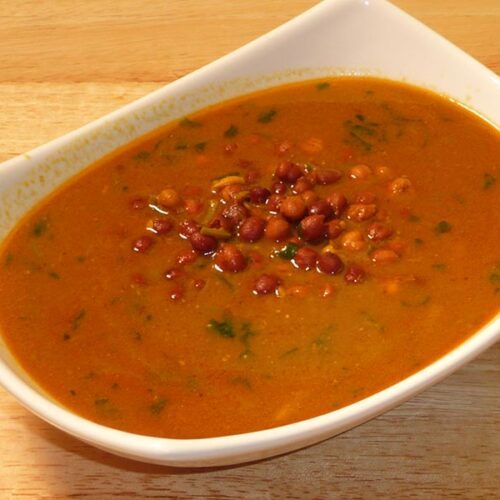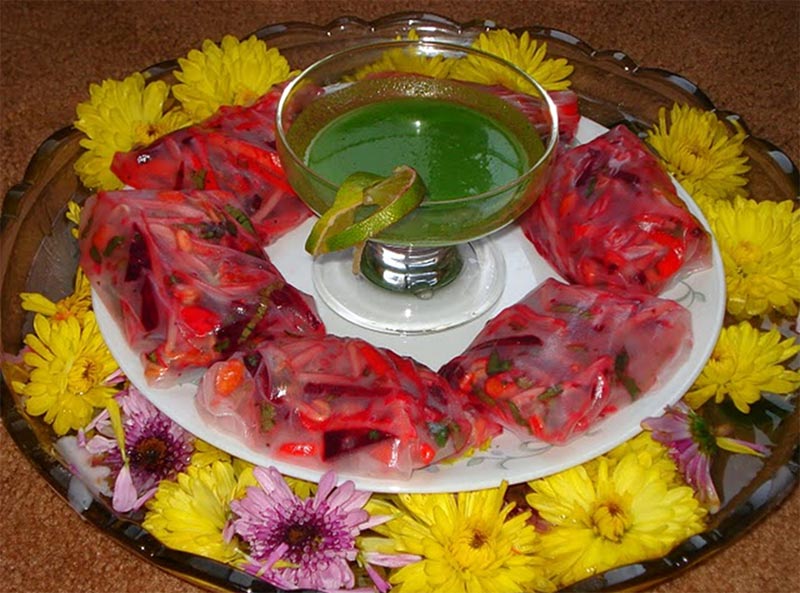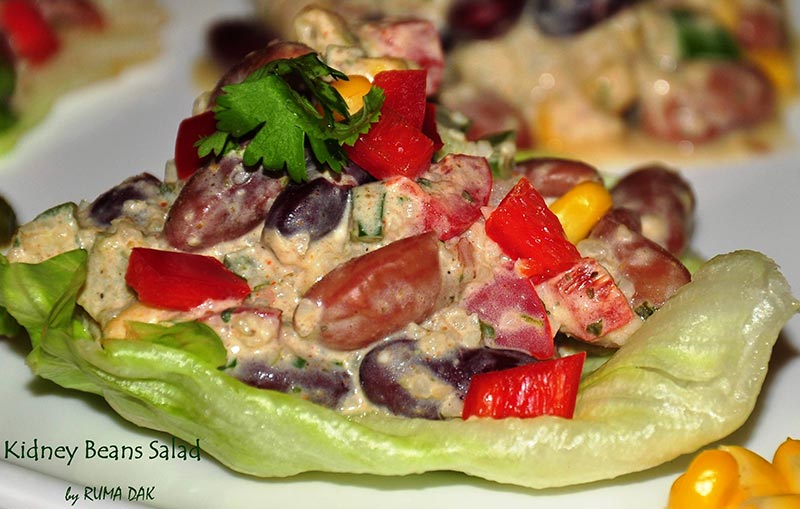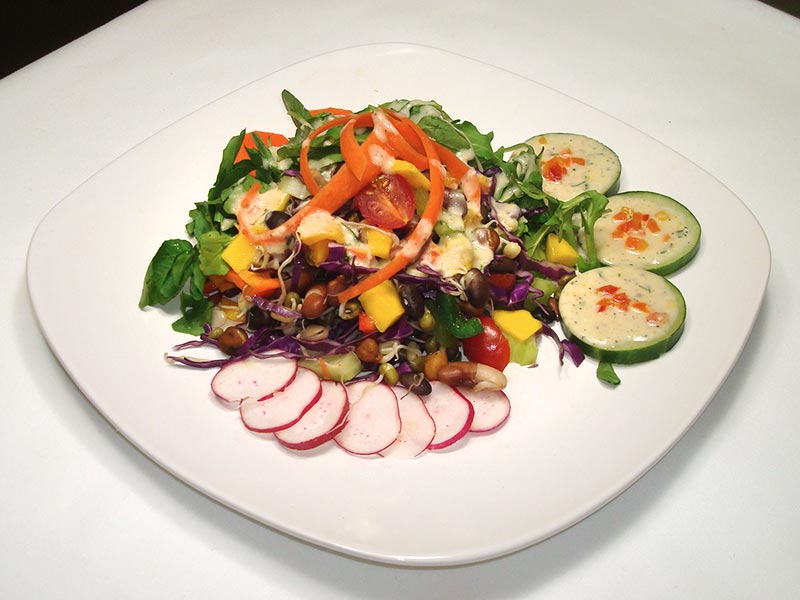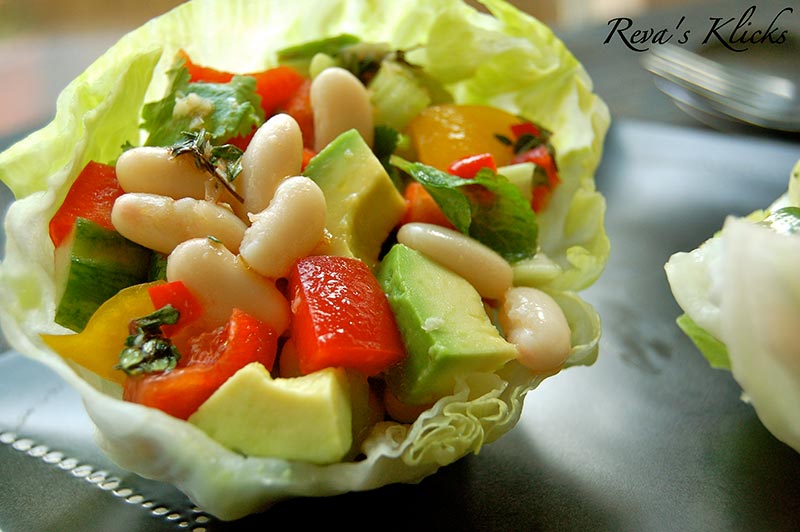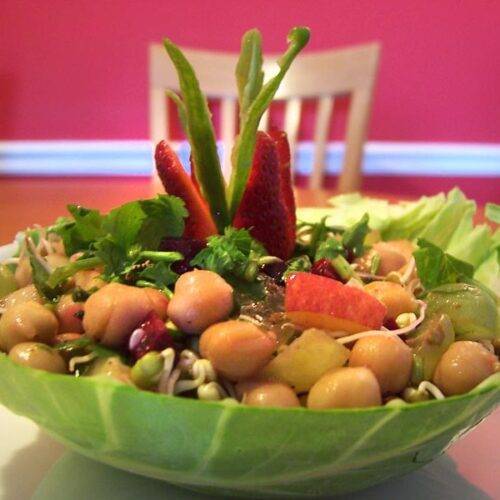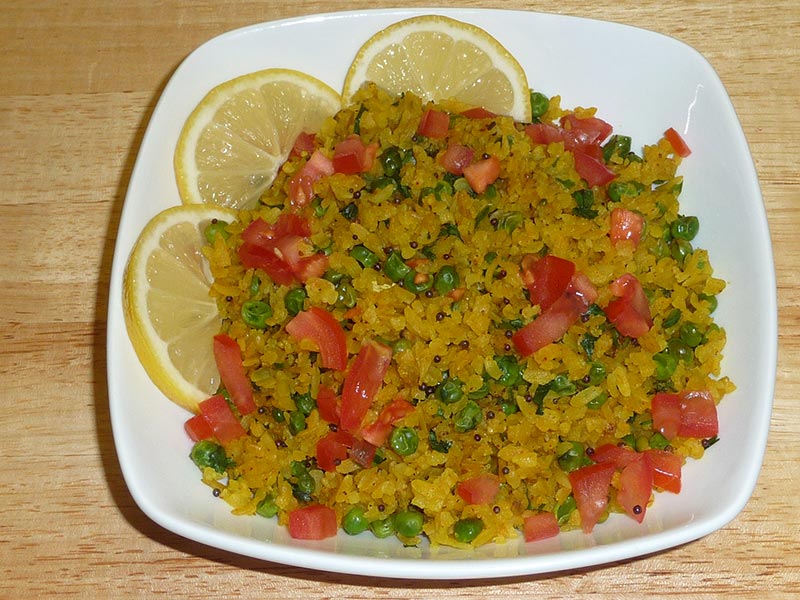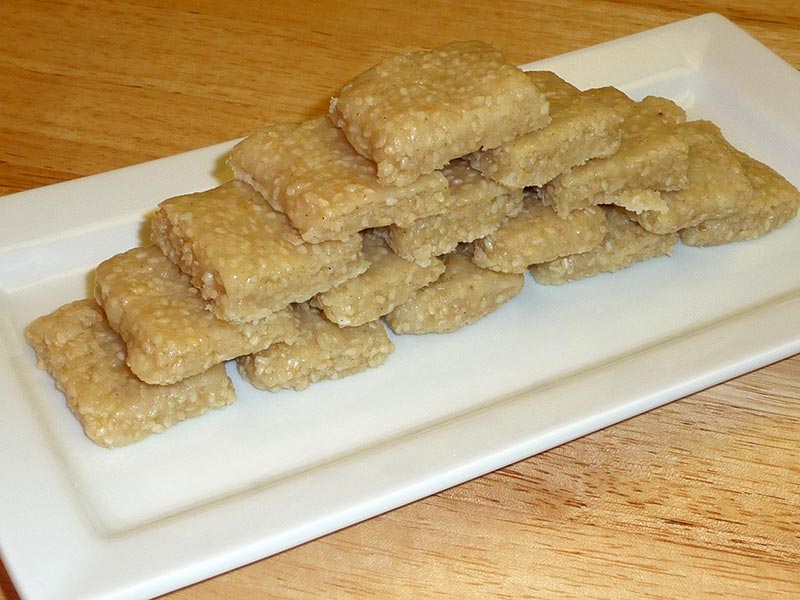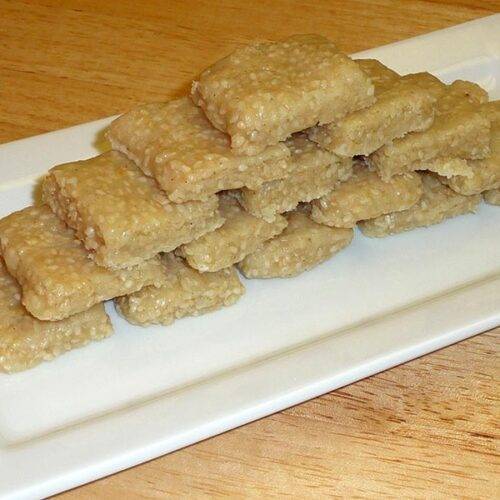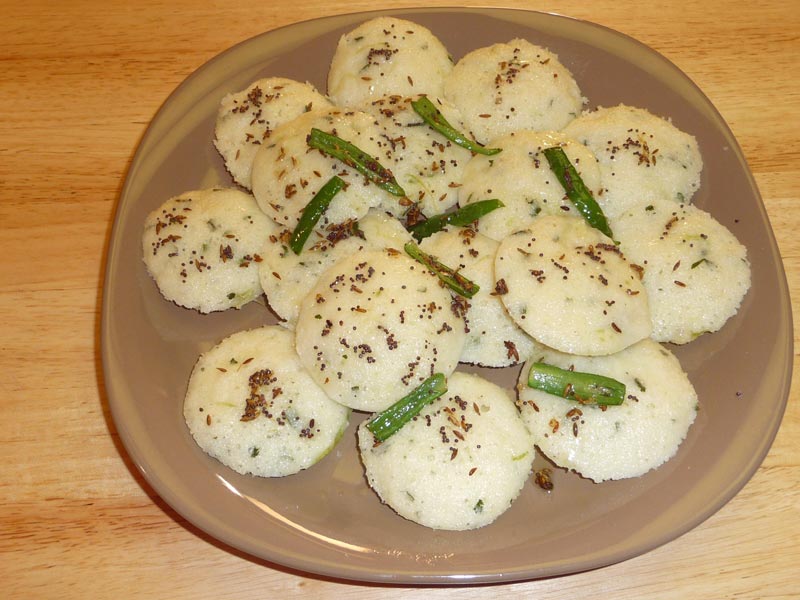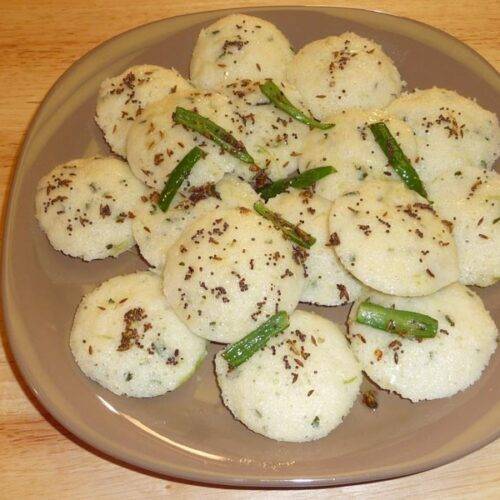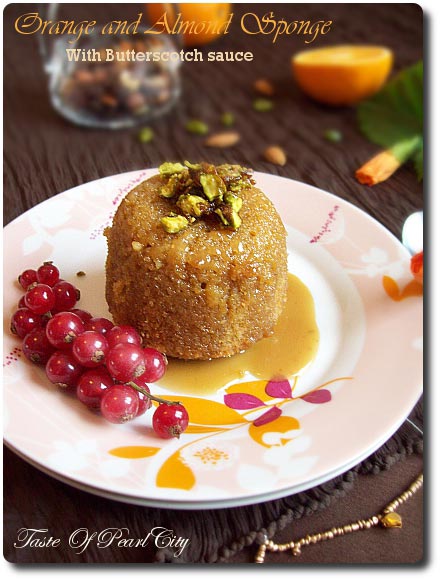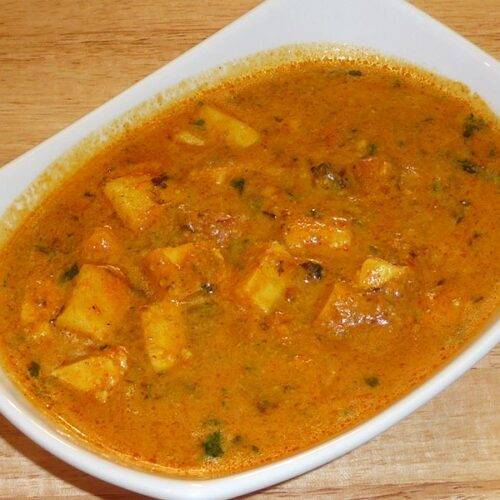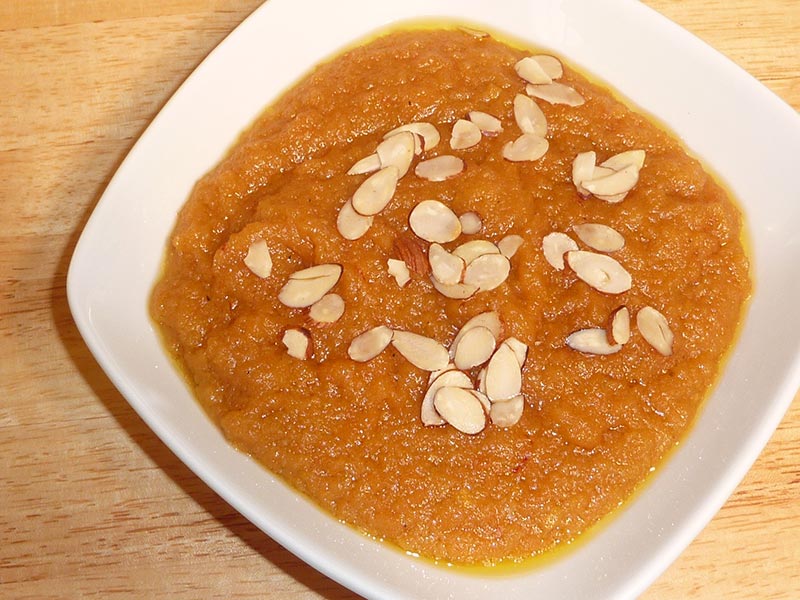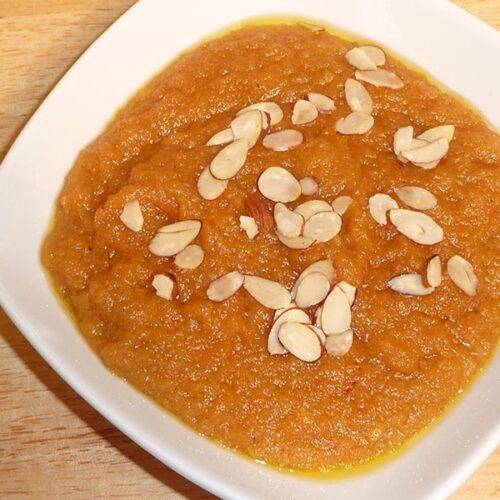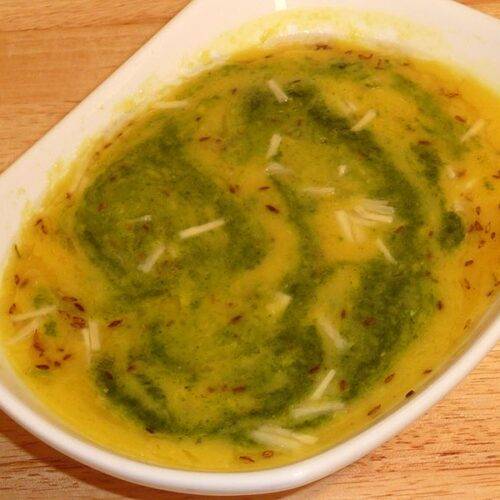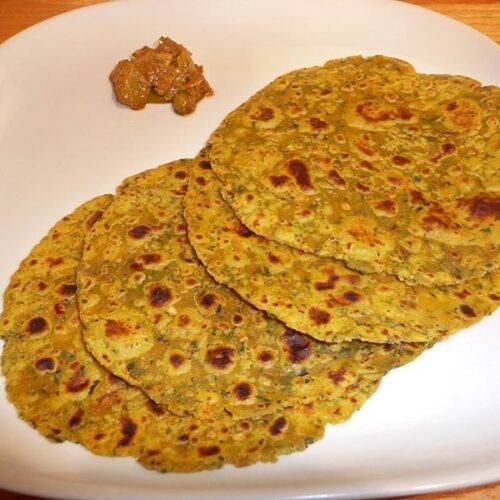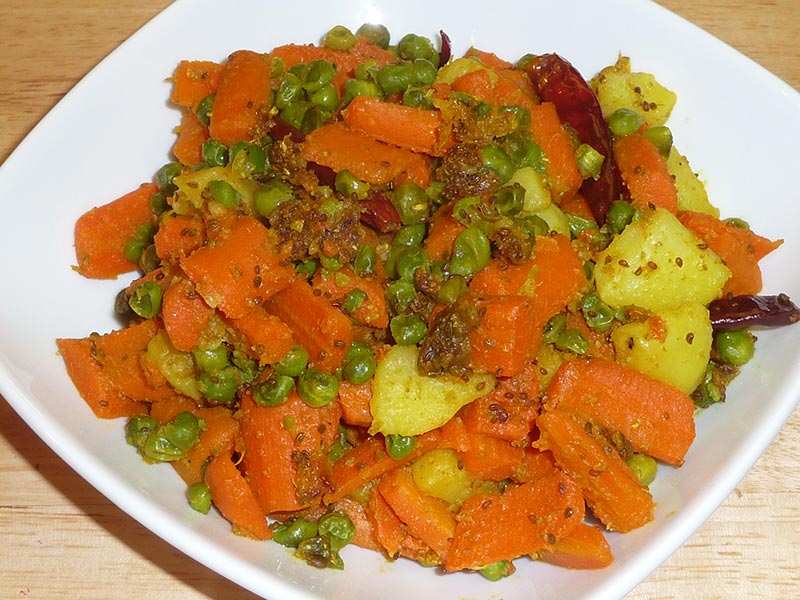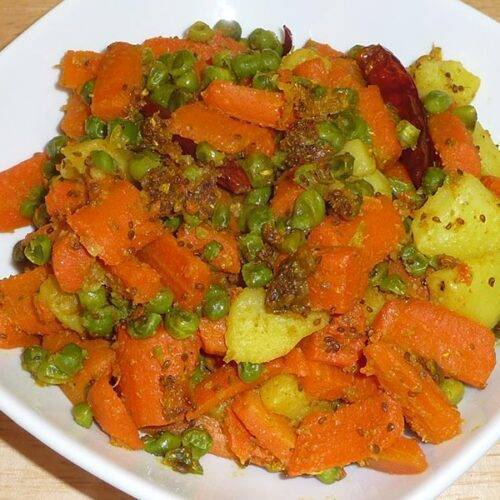Kala Chana (Black Chana)
Ingredients
Ingredients:
- 1 cup kala chana
- 3 tablespoons oil
- 1/8 teaspoon asafetida (hing)
- 1 teaspoon cumin seeds (jeera)
- 2 tablespoons gram flour (besan)
- 1 tablespoon grated ginger
- 1 green chili finely chopped
- 2 tablespoons coriander powder (dhania)
- ½ tablespoon turmeric (haldi)
- ½ teaspoon red chili powder adjust to taste
- 2 teaspoons salt adjust to taste
- Approximately 1 teaspoon lemon juice
- 1 tablespoon finely chopped cilantro (hara dhania) to garnish
Instructions
Method
- Wash and soak kala chana in approx. 4 cups of water, for at least 6 hours. The kala chana will double in volume after soaking.
- In a small bowl mix ginger, green chili, coriander powder, turmeric, and chili powder with ¼ cup of water. Set aside.
- Heat oil in a pressure cooker over medium high heat. Test the heat by adding one cumin seed and if it cracks immediately, the oil is ready for cooking.
- Add cumin seeds and as they crack, add asafetida and gram flour. Stir for few seconds. Add the mixed spices (step 2) and stir for another minute.
- Add soaked kala chana, and 4 cups of water to the pressure cooker. Close the cooker. As it starts steaming, turn down the heat to medium and cook for approx. 12 minutes. If your pressure cooker whistles then wait for 4-5 whistles.
- Turn off the heat and wait until all the steam has released before opening the pressure cooker.
- Add salt and slightly press down on the Kala Chana to thicken the gravy, let it cook for 2-3 minutes on low heat. You can always adjust the consistency of the gravy by adding more water. Simmer for a few minutes after adding the water.
- Stir in lemon juice and cilantro, just before serving. This goes very well with plain rice and makes for a complete meal.
Notes
Introduction to easy kala chana recipe
Kala chana, also known as black chickpea, is a versatile legume widely used in Indian cuisine. This easy kala chana recipe is a flavorful and nutritious dish that can be enjoyed as a side or main course. Packed with protein, fiber, and essential nutrients, kala chana curry is not only delicious but also beneficial for your health as it is low fat, gluten free winter special. In this recipe, we’ll guide you through the process of making a delicious kala chana curry that will surely become a favorite in your kitchen.
Step 1: Preparing the Kala Chana:
Before you begin cooking, it’s essential to properly prepare the kala chana. Start by rinsing the black chickpeas under cold water to remove any dirt or debris. Then, soak them in water overnight or for at least 8 hours. This soaking process helps soften the chickpeas, reducing the cooking time and improving their texture. Once the kala chana are soaked, drain the water and they’re ready to be cooked.
Step 2: Sauteing Aromatics:
To infuse the kala chana curry with flavor, we’ll start by sautéing aromatics such as ginger. Next, add minced ginger, and cook for another couple of minutes until fragrant. The aroma of these ingredients will enhance the taste of the curry.
Step 3: Adding Spices:
Spices play a crucial role in Indian cooking, adding depth and complexity to dishes. In this kala chana recipe, we’ll use a blend of spices to create a rich and aromatic curry. Add ground cumin, coriander, turmeric, and garam masala to the ginger. Stir well to coat the aromatics with the spices, allowing them to toast slightly and release their flavors.
Step 4: Cooking the Kala Chana:
Now it’s time to add the soaked kala chana to the pan. Stir well to combine the chickpeas with the aromatic spice mixture. Then, pour in enough water to cover the chickpeas and bring the mixture to a boil. Once boiling, reduce the heat to low and let the curry simmer gently until the kala chana are tender. This may take about 45 minutes to an hour, depending on the freshness of the chickpeas.
Step 5: Finishing Touches:
Once the kala chana are cooked to perfection, it’s time to add the finishing touches to the curry. Taste and adjust the seasoning as needed, adding salt and any additional spices to suit your preference. You can also add a splash of lemon juice for a hint of acidity and freshness. Garnish the kala chana curry with freshly chopped cilantro leaves for a burst of color and flavor.
Step 6: Serving the Kala Chana Curry:
Your kala chana curry is now ready to be served! Spoon the hot curry into serving bowls and garnish with more cilantro leaves if desired. Serve the kala chana curry alongside steamed rice, naan bread, or roti for a satisfying meal. This hearty and nutritious dish is perfect for lunch or dinner, and leftovers can be stored in the refrigerator for a few days.
Tips for Making the Perfect Kala Chana Curry:
- Soaking the kala chana overnight helps reduce cooking time and improves texture.
- Experiment with different spices and seasonings to customize the flavor of the curry to your liking.
- For extra creaminess, you can add a splash of coconut milk or yogurt to the curry.
- To make the dish spicier, add chopped green chilies or a pinch of cayenne pepper.
Variations of Kala Chana Curry:
- Spinach Kala Chana Curry: Add chopped spinach to the curry for a nutritious twist.
- Coconut Kala Chana Curry: Stir in coconut milk for a creamy and indulgent curry.
- Tomato Kala Chana Curry: Add diced tomatoes for a tangy flavor and vibrant color.
Benefits of Including Kala Chana in Your Diet:
- High in Protein: Kala chana is an excellent source of plant-based protein, making it a great option for vegetarians and vegans.
- Rich in Fiber: The high fiber content of kala chana promotes digestive health and helps keep you feeling full and satisfied.
- Packed with Nutrients: Kala chana is loaded with vitamins, minerals, and antioxidants that contribute to overall health and well-being.
Frequently Asked Questions (FAQs) about Kala Chana Curry:
Q: Can I use canned kala chana instead of dried chickpeas?
A: Yes, you can use canned kala chana for convenience, but keep in mind that the texture and flavor may differ slightly from dried chickpeas.
Q: Can I freeze leftover kala chana curry?
A: Yes, you can freeze the curry in an airtight container for up to 3 months. Thaw in the refrigerator before reheating.
Q: Is kala chana curry spicy?
A: The level of spiciness can be adjusted according to your preference by controlling the amount of chili powder or green chilies added to the curry.
For more delicious Indian recipes, visit Manjula’s Kitchen. Explore a variety of vegetarian dishes, snacks, desserts, and more to elevate your culinary skills and delight your taste buds.


